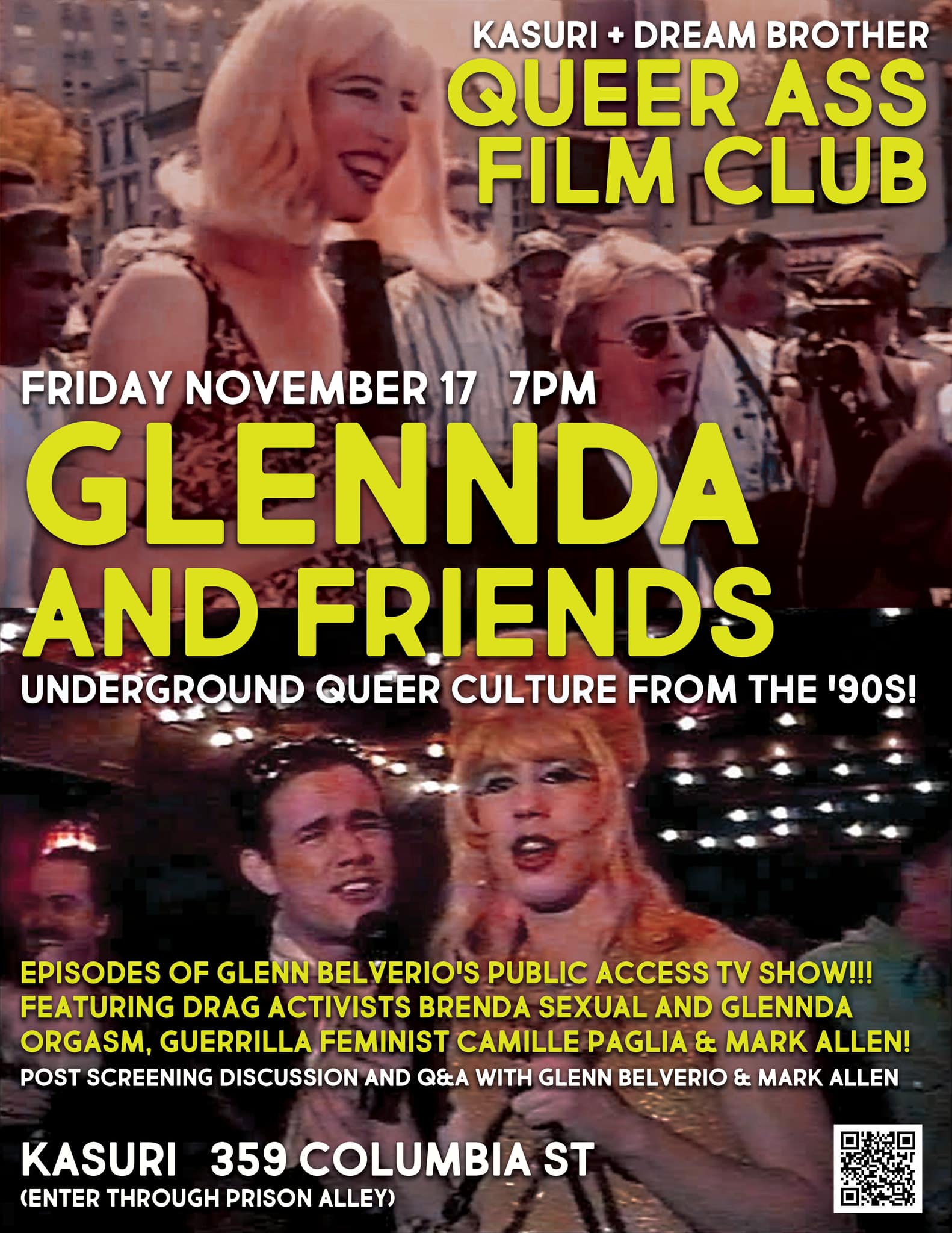Good Life
2007 - Installation (Installation)
Danh Vo
Good life (2007) is an installation displaying letters, documents, photographs and objects from a man named Joseph Carrier, and appropriated by artist Danh Vo. The installation features a series of small square vitrines, inset, dark and precisely spot-lit. Inside these are framed photographs, mostly black and white, of young Asian men, taken, as the titles on the neat brass name plates tell us, in Vietnam in the 1960s and early 1970s. In one vitrine, an old-fashioned camera sits propped up on its worn leather case. In another is a typewritten document titled ‘Beliefs, Attitudes and Behaviour of the Lowland Vietnamese’ and a crumpled business card, belonging to one ‘Joseph M. Carrier, National Academy of Sciences’. Presumably Carrier was the owner of the camera, an American in Vietnam during the war on an anthropological rather than a combat mission. We learn while viewing the installation, in the form of letters and correspondence that Carrier and Vo met during a personal exhibition of Vo’s at the Villa Aurora. The fruits of that meeting led Vo to create this archive on Carrier’s subjective experience in the 1960’s and 1970’s, all derived from Carrier’s personal possessions. This work is exemplary for its consideration of the archive and Vo’s incessant attempt to shed light on subdued homosexuality in Vietnam, appropriation, and surrogate biographies.
Danh Vo’s personal history of migration and adjustment is an important reference point for his artistic practice. In his work, he explores themes ranging from identity, authorship, sexuality, and ownership to origin. He uses intimate, personal material to show that identity is a construction of projections, assumptions and attributed values. Vo embarks upon a subtle investigation of the Western fascination for the exotic and unknown with an exquisite conceptual style. For Vo, appropriating the history of others is a way of unraveling monolithic ideas about identity. And he does so with great verve, generally initiating the journey with himself. In addition to his classifiable works, a certain mystified aura lingers around his actions: the artist has married, and subsequently divorced numerous people simply to add their names to his list, he has committed “crimes” later displaying their documentation as show, for example. In his installations he uses objects, photos and documentation that connects his family history to real memories intertwined with a complex imaginary. His refugee status has led him to attempt to reconstruct various derivations of identities, origins, and stories. This requires the questioning of social structures, the endorsement of different identities, the questioning of values, and the undermining of conventions in order set forth a groundwork for his personal depiction in the world of society at large. Born in 1975, Danh Vo is a Danish artist with Vietnamese origins. He lives and works in Berlin.
Colors:
Related works featuring themes of: » Collective History, » Contemporary Conceptualism, » Cross-Cultural Dialogue, » Globalization, » Vietnamese and Danish
» see more

© » KADIST
Clarissa Tossin
2017Clarissa Tossin’s film Ch’u Mayaa responds to Frank Lloyd Wright’s Hollyhock House (constructed 1919–21) in Los Angeles, an example of Mayan Revival architecture...

© » KADIST
Clarissa Tossin
2012In Fordlândia Fieldwork (2012), Tossin documents the remains of Henry Ford’s rubber enterprise Fordlândia, built in 1928 in the Brazilian Amazon to export cultivated rubber for the booming automobile industry...

© » KADIST
Rodney McMillian
2013In his evocative Landscape Paintings, McMillian uses second-hand bedsheets, sourced from thrift shops, as his starting point...

© » KADIST
Runo Lagomarsino
2020Yo también soy humo (I am also smoke) is a 16mm film that has been digitized to video...
Other related works, blended automatically
» see more

© » KADIST
Clarissa Tossin
2017Clarissa Tossin’s film Ch’u Mayaa responds to Frank Lloyd Wright’s Hollyhock House (constructed 1919–21) in Los Angeles, an example of Mayan Revival architecture...

© » KADIST
Clarissa Tossin
2012In Fordlândia Fieldwork (2012), Tossin documents the remains of Henry Ford’s rubber enterprise Fordlândia, built in 1928 in the Brazilian Amazon to export cultivated rubber for the booming automobile industry...
Related works sharing similar palette
» see more

© » ARTS EQUATOR
Weekly Southeast Asia Radar: Artists non-essential?; Cultural festivals make a comeback | ArtsEquator Thinking and Talking about Arts and Culture in Southeast Asia ArtsEquator Radar Image Dynamics via Jakarta Post June 18, 2020 ArtsEquator’s Southeast Asia Radar features articles and posts about arts and culture in Southeast Asia, drawn from local and regional websites and publications – aggregated content from outside sources, so we are exposed to a multitude of voices in the region...
Related works from the » 2000's created around » Berlin, Germany
» see more

© » KADIST
Douglas Gordon
2004Douglas Gordon’s single-channel video The Left Hand Can’t See That The Right Hand is Blind, captures an unfolding scene between two hands in leather gloves—at first seemingly comfortable to be entwined, and later, engaged in a struggle...

© » KADIST
Douglas Gordon
2002Blind Spencer is part of the series “Blind Stars” including hundreds of works in which the artist cut out the eyes of Hollywood stars, in a symbolically violent manner...

© » KADIST
Tino Sehgal
2004Tino Sehgal’s This Exhibition requires an interpreter (in this particular piece, a gallery attendant) to faux faint each and every time a visitor enters into a given space...
Other works by: » Danh Vo
» see more
Related works found in the same semantic group
» see more

© » ARTS EQUATOR
'Son mai' – the painstaking Vietnamese art of lacquer painting (via Tuoi Tre News) | ArtsEquator Thinking and Talking about Arts and Culture in Southeast Asia Articles December 3, 2018 Once chiefly employed in the decoration of wooden objects, son mai , or lacquer painting, has grown over the last century into a freestanding art form in Vietnam, to a point where it is now widely considered to be the country’s national painting technique...









